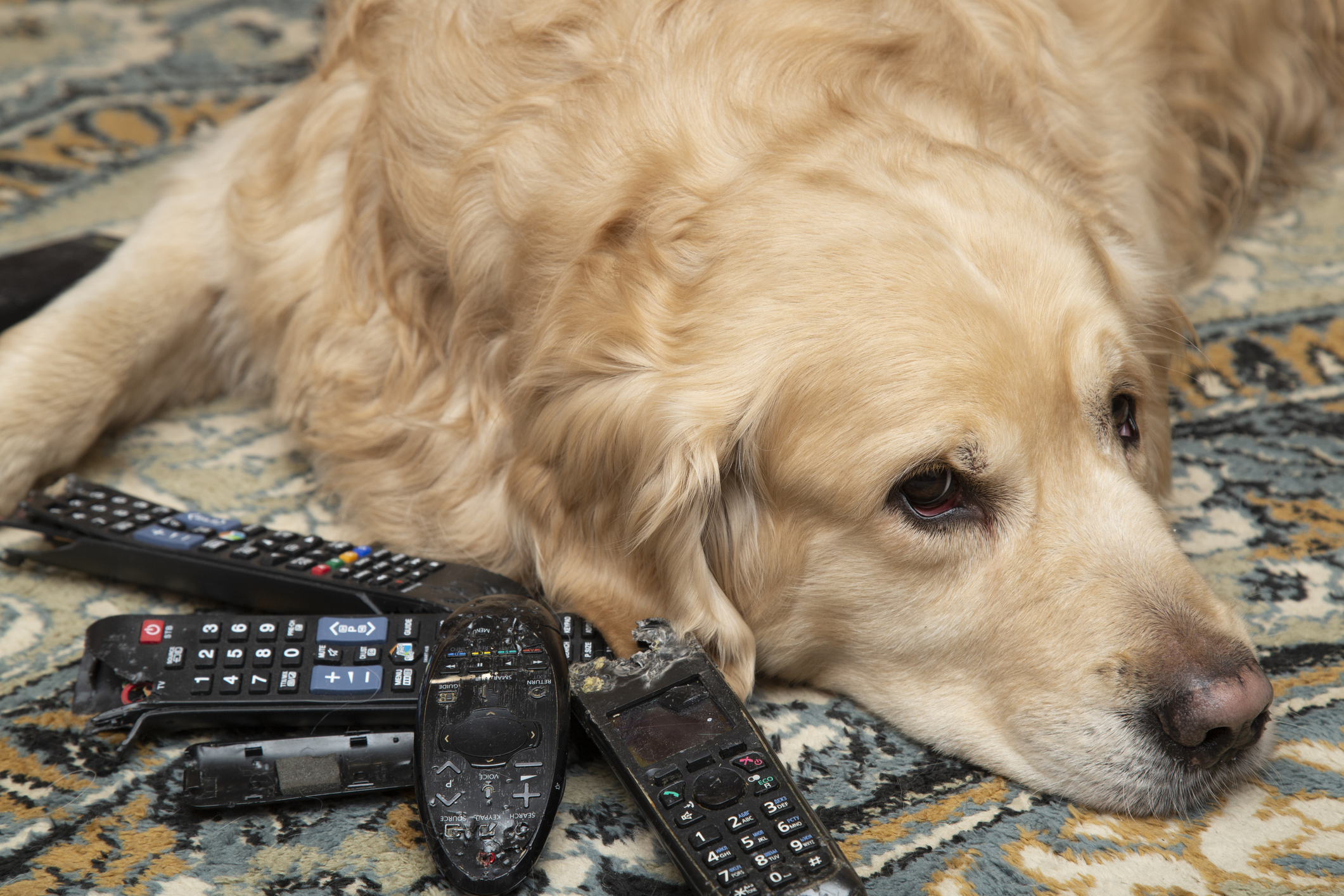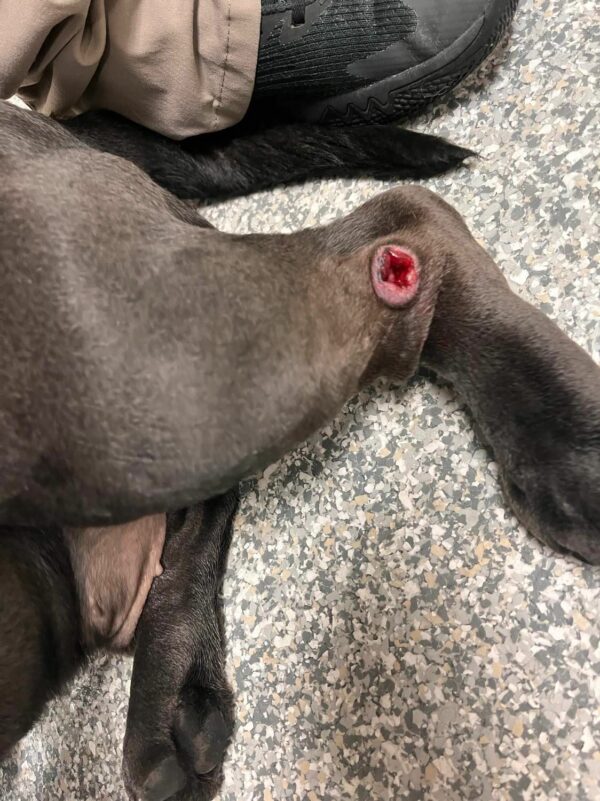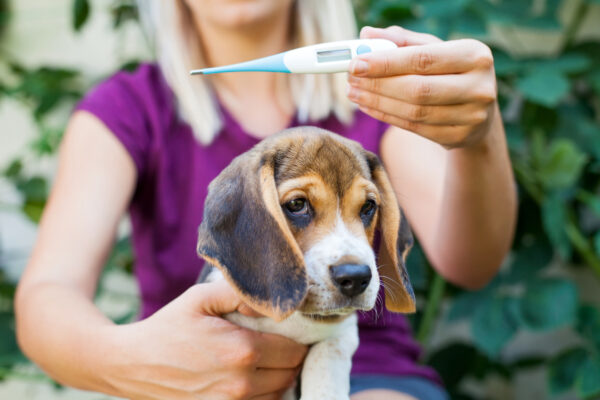Whether your dog simply had a battery in his mouth or fully ingested it, Dr. Anna Robinson, a small animal veterinarian in Texas, says to take swift action. The first thing to do is to flush the dog’s mouth out with tepid water, then call your veterinarian.
“Depending on the age and type of the battery ingested, there isn’t really any first aid you can do, unless your dog immediately vomits up the battery whole and unchewed,” says Dr. Robinson.
Symptoms after dog ate battery
“Batteries contain a variety of toxic metals which can generate local electrical currents causing cell damage in the body,” explains Dr. Robinson. “They have an ‘acid’ that is caustic and burns cells it encounters.”
If your dog ate a battery, it is an emergency. Don’t try to induce vomiting. Instead, contact your vet immediately. Here are some other common symptoms:
- Hypersalivation
- Nausea
- reddening or ulceration of the oral cavity
- teeth staining (they can become blackened)
- swallowing frequency
- abdominal (belly area) pain
- lump in throat where the battery might be lodged
“It is important to note that unlike other poisonings, inducing vomiting to attempt to remove batteries can make these effects worse,” she warns. “Veterinarians have also found that activated charcoal is not sufficient to bind out the toxins, which would otherwise be the go-to option.”
What to expect at the veterinarian
Your veterinarian will ask you to call a poison control line, which will assign you a case number and assist the veterinarian (either your regular vet or emergency vet).
The poison control line will ask:
- For a credit or debit card number up front.
- Who you are and whether you are a legal owner of the pet you are calling about.
- For your pet’s signalment (breed, age, sex and if spayed/neutered or not).
- If you’re in route to a facility.
- What the pet’s current symptoms are. They may direct you to symptom specific first aid based on your response.
- The number, brand and age of batteries ingested.
Finally, the representative will give you a case number and contact information for your veterinarian to use.
Treatment plan
Expect your pet to stay with the veterinarian for the healing process, especially if the battery is lodged in the esophagus in either the throat area, around the heart or diaphragm.
“This instance will warrant endoscopic removal requiring a small camera to go through your pet so the battery can be cleanly and effectively removed,” says Dr. Robinson. “Regardless of the individual veterinarian’s skill and equipment, if the battery is deep enough, surgical removal may be attempted but this is very uncommon for esophageal foreign bodies.”
Because batteries can leak chemicals, if it reaches the lower gastrointestinal tract, surgical removal is typically recommended if any portion of a battery is seen on radiography.
Your dog may require in-hospital chelation therapy for heavy metal exposure, regardless of battery location and symptoms. Other services include pain management, gastrointestinal protectants and digital imaging monitoring for symptomatic patients or for dogs who chewed batteries as symptoms can get worse before they get better.






